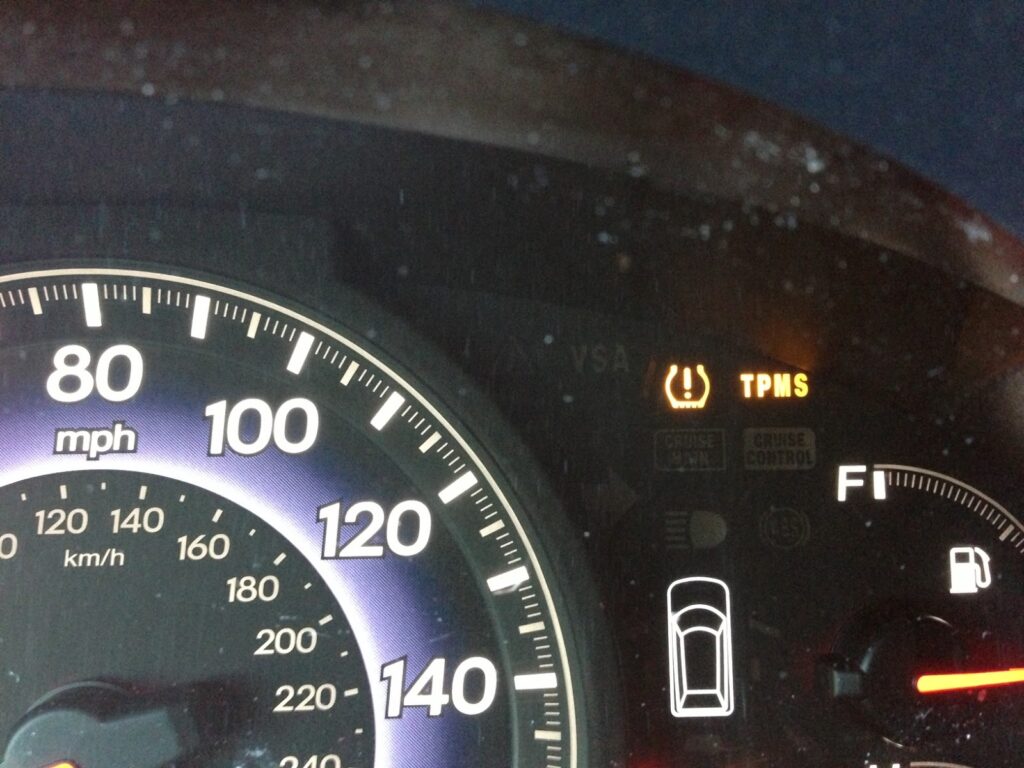
Tire pressure monitoring systems (TPMS) are a type of electronic system that monitor the air pressure inside the tires of a vehicle. The system is designed to alert the driver if the tire pressure falls below a certain threshold. The purpose of TPMS is to ensure that the vehicle’s tires are properly inflated, which can help improve fuel efficiency, reduce tire wear, and improve overall vehicle safety.
There are two types of TPMS: direct and indirect. Direct TPMS uses sensors mounted on the wheels to measure the pressure inside each tire. The sensors transmit the data to a central control module, which can display the tire pressure on a dashboard display or alert the driver if the pressure drops below a certain level. Indirect TPMS, on the other hand, uses the vehicle’s existing sensors, such as the wheel speed sensors, to infer the tire pressure based on the rotational speed of the wheels. While indirect TPMS can be less expensive than direct TPMS, it may not be as accurate or reliable.
TPMS became a mandatory safety feature on all new cars sold in the United States in 2007. This requirement was put in place by the National Highway Traffic Safety Administration (NHTSA) to reduce the number of accidents caused by underinflated tires. According to the NHTSA, low tire pressure can lead to poor vehicle handling, reduced fuel economy, and increased tire wear. It can also cause the tires to overheat and potentially fail, which can result in a serious accident.
TPMS can provide many benefits to vehicle owners. By monitoring tire pressure, drivers can ensure that their tires are properly inflated, which can improve fuel economy and reduce tire wear. Properly inflated tires also provide better handling and braking performance, which can help prevent accidents. In addition, TPMS can provide early warning of a tire puncture or leak, which can help prevent a flat tire or blowout while driving.
In conclusion, TPMS is an important safety feature that can help improve vehicle performance and reduce the risk of accidents caused by underinflated tires. By monitoring tire pressure, TPMS can help drivers ensure that their tires are properly inflated, which can lead to improved fuel economy, better handling, and increased safety on the road.